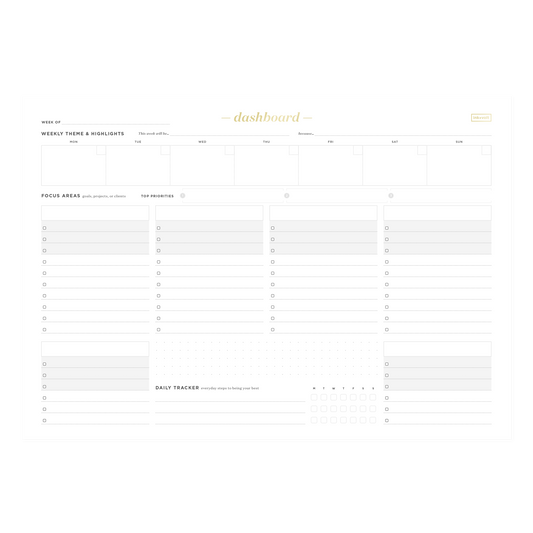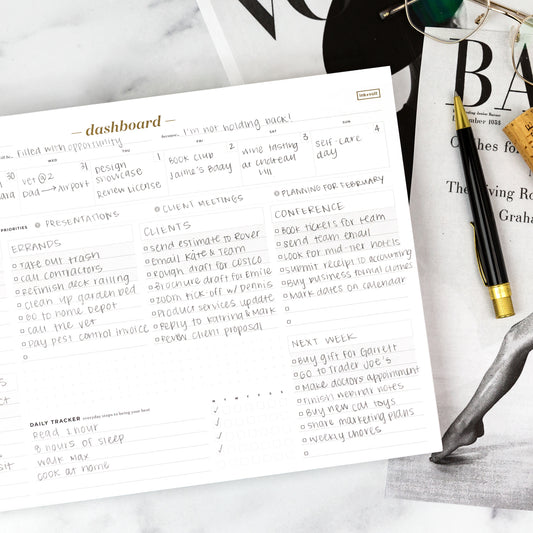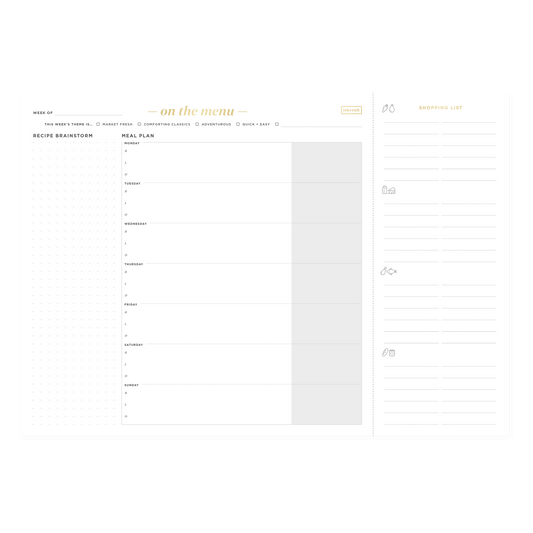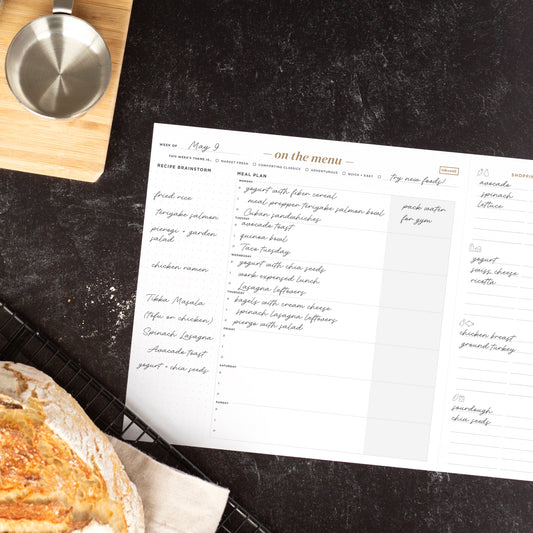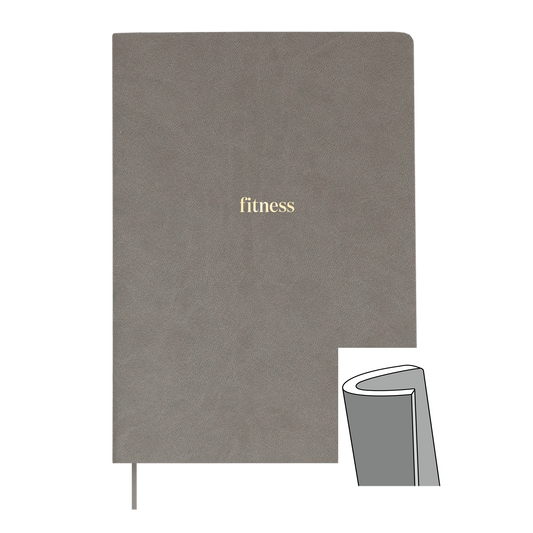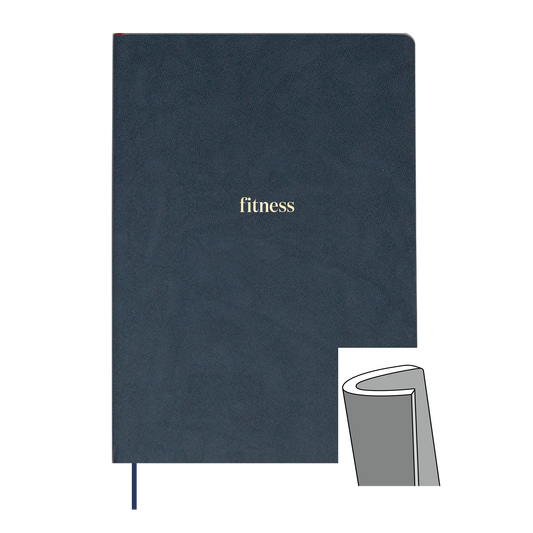Ornate lettering can elevate just about any document.
Whether it’s meeting notes or a greeting card to a dear friend, anything is made 10 times better with hand lettering. The simplest way to do that? Grab a brush pen. They aren’t overly fancy tools, but they are capable of a lot! And you’ve probably even used one before.
The most recognizable brush pen is actually a Crayola marker. The fat, colorful writing tools that were staples of our youth are actually brush pens!
But there are tons of options to choose from these days, and you can make an investment in something special for just a couple of dollars.
Koi Coloring Brush Pens, Le Pen Flex Pens, and Fudebiyori Brush Pens all make excellent upgrades from the dried out markers and ballpoint pens you probably have laying around, and they're great because you can purchase an entire set.
If you want a more streamlined start, you can get an individual, classic black pen like the Bimoji Fude Brush Pen or the Fudegokochi Brush Pen.
They’re easy to keep at your desk, and there are a bevy of online tutorials that show how to best use these amazing tools. You just have to pick your pen!
Here are a few things to consider before you get started:
- Ink flow: The ink flow of your brush pen will determine whether the ink is more dry or wet, and can be really important spending on the effect you want! For more texture, go with dry. The more wet a pen’s flow is, the more saturated your art will be. Something more saturated may be better for art projects and something a little more dry works well for lettering, especially if you’re going for a distressed look.
- Nib style: Felt tips, nylon tips, and synthetic hair are the three major types of nib style on a brush pen. These different styles will also give you different effects. Synthetic hair tips will mimic an actual brush more, while felt tips are more similar to a classic Crayola marker. The nib style will play an important role in other factors as well. A nib that’s more flexible will create more abstract strokes.
- Elasticity: Yet another characteristic you’ll want to pay attention to with brush pens is the elasticity. A tip that’s firmer will cause you to get a bolder effect. Usually the more firm the tip, the less elasticity a pen will have. Something with a lot of elasticity may even end up looking a little feathery!
- Size of the tip: In lettering, size of the tip will make a big difference. For fine lines, go with something smaller. Bigger tips will create bold strokes. Even if you have a smaller tip, you can still make bold lines. Just use the side of the brush or fan out the bristles. There are a lot of options when it comes to these pens!
What brush pens do best
Lettering is the most obvious place for a brush pen, particularly one that has a small, firmer tip. This is what helps you create the distinct transitions from thin to bold lines in calligraphy.
It admittedly takes some practice to achieve an elevated, even look, but there are a lot of resources to teach you how. Even how you hold the pen (not too tightly) is important.
This is a great tutorial full of tips and techniques to get you started. Remember that like with most art forms, lettering takes time and brush pens might even feel a little strange at first! Once you get the hang of how your pen flows and you learn to work in sync with it, you’ll be unstoppable.
Coloring pages are another common way to use brush pens! Just think about all the art you created as a child with markers. You can do the same today, but with a little more artistry.
Different kinds of brush pens create different looks, so for a coloring page with more of a watercolor effect, try something with a heavier ink flow, synthetic hair tip, and highly elastic tip.
Brush pens are a lot like paintbrushes in that different sizes and shapes will result in different results. Unlike other coloring tools, like pencils or crayons, brush pens always look rich on a page. You’ll get a lot of pigment and have a lot of creative freedom.
Finally, brush pens can be really useful in journaling! A colorful bullet journal is a great place to utilize something a little crisper to keep things neat. Hand lettering can also be great for labeling and keeping pages organized.
Unlike bulky calligraphy pens with separate ink cartridges, brush pens are fairly low-maintenance. You can stash them in a drawer at your desk or pencil bag and take them on the go. You’ll find that this is another appeal of brush pens. Because they’re so easy to use, you’ll find new uses all of the time.
Patience is key for perfecting your brush pen technique!
As you may have already gathered, mastering the brush pen takes a little time. They aren’t meant for fast work. Lettering especially requires more patience and a steady hand. Don’t let the pace stop you, though.
Lettering can be an almost therapeutic task. In addition to being a slow art, you’ll likely find that you need to perform multiple strokes to get the desired effect.
It may be helpful to first write out your words and pay attention to the way your hand moves, how many times you pick your pen and how fast you write. When you begin to note these different movements in writing, you’ll have an easier time adapting to the movements required by hand lettering.
Take the letter M for example. It’s a stroke up, then down, then up and down again. You may not think about this when writing any other note, but here it makes a difference. Strokes moving upward will likely have a thicker line and strokes moving downward will have a lighter line. This gives you the classic calligraphy style.
From there you can put your own spin on things!
Don’t forget to have fun and try new things. Any new tool, however you’re using it, will need a little time. Get comfortable and adventurous! It’s sure to pay off.


